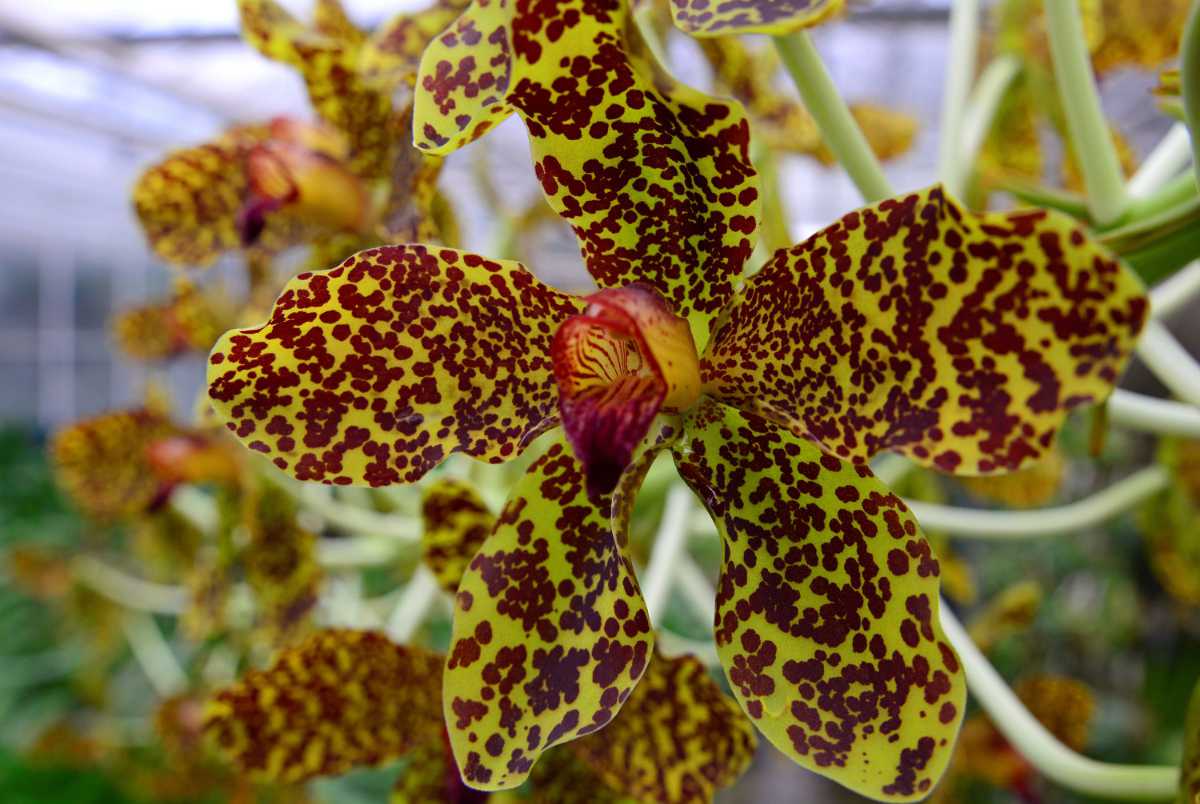We might be familiar with the moth (phalaenopsis) orchid, commonly sold in supermarkets and garden centres, but there are some really strange orchid specimens for adventurous plant lovers to admire.
Botanical horticulturist Elisa Biondi, manager of the Princess of Wales Conservatory at Kew, says: “A lot of orchids look weird, which is what makes them so interesting and appealing to a lot of people.”
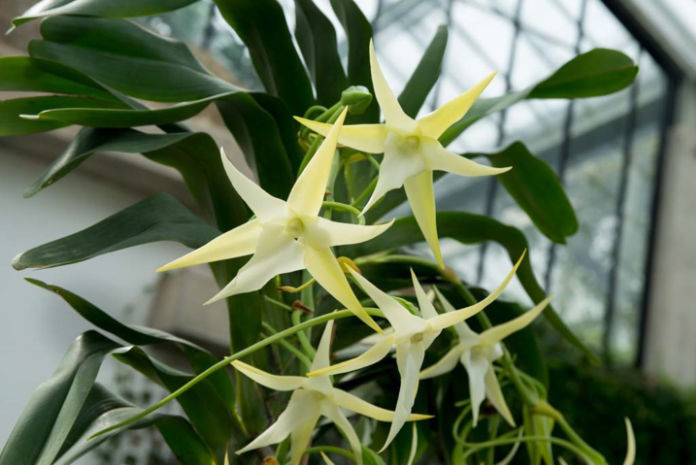
Weird and wonderful orchids
Here she offers some weird and wonderful facts about orchids:
1. Some grow downwards
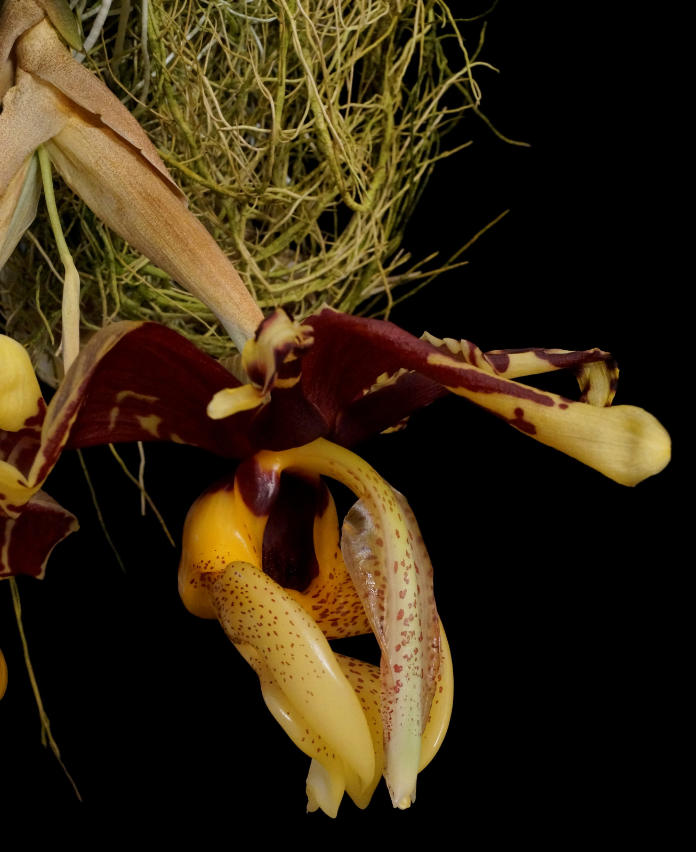
Stanhopea, from the rainforests of central and south America, flower out of the bottom of the container from which they grow, so are best grown in wired hanging baskets.
“When people started to cultivate this plant, they thought it simply wasn’t flowering, but when they tried to repot it, they found out that the flower was inside the pot. The flower spikes grow downwards, so we plant our stanhopeas in hanging baskets, where eventually they find their way out,” says Biondi.
2. Many grow on tree trunks
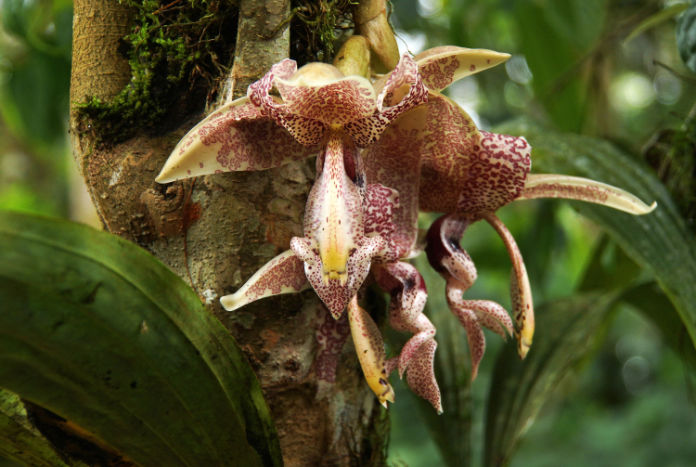
Epiphytic orchids grow on tree trunks and branches in the rainforest.
“The seeds arrive there and then grow and grow towards the light. If the orchid becomes too big for the host tree, it will collapse,” says Biondi.
3. Some end up a rubbish dump for ants
Ants often gather inside the pseudobulb of the Myrmecophila orchids, where the leaves emerge, and deposit debris. Several species of ants do this, leaving behind other dead ants and bits of plant material.
“In the canopies of the rainforest, there’s no access to a lot of nutrients a lot of the time,” notes Biondi. “Having this damp material can help the plant, which can get nutrients from it.”
4. Others attract hummingbirds
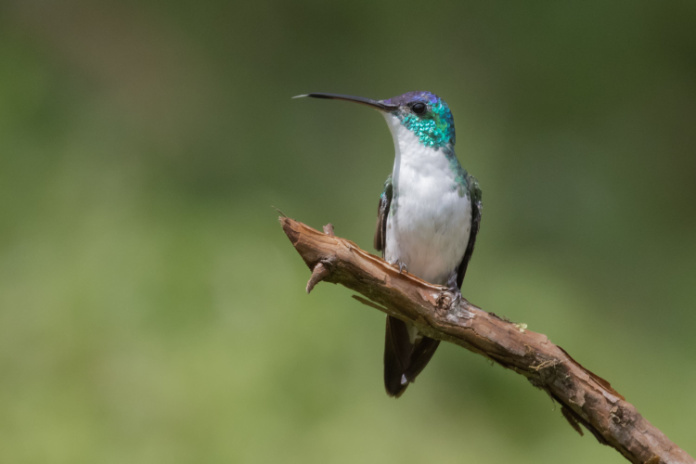
“The Cattleya trianae is the National flower of Colombia, known for attracting hummingbirds.
“The strong pink colour is clearly visible to the birds, which is why they are drawn to it. They are able to collect its nectar with their long beaks and tongues.”
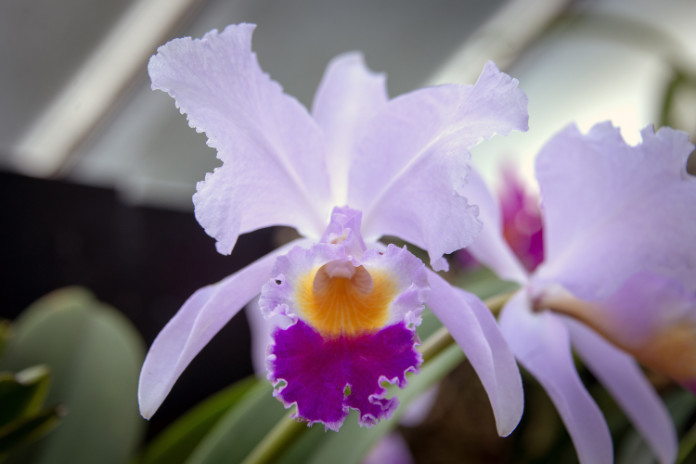
5. There are huge types
“One of the biggest [orchids] we have is the Grammatophyllum speciosum, which is gigantic,” says Biondi. “The leaves can span 1m, almost like a cane with a lot of leaves attached to it, like a feature. It can also measure 2m across.
“The plants can grow up to 1.5m and the flowers are about 5-10cm, growing into a flower spike, in yellow with brown speckles, a bit like a leopard. They would grow in a very humid forest and the majority grow on trees. We have one in the Palm House growing on a ficus.”
6. They can fool bees
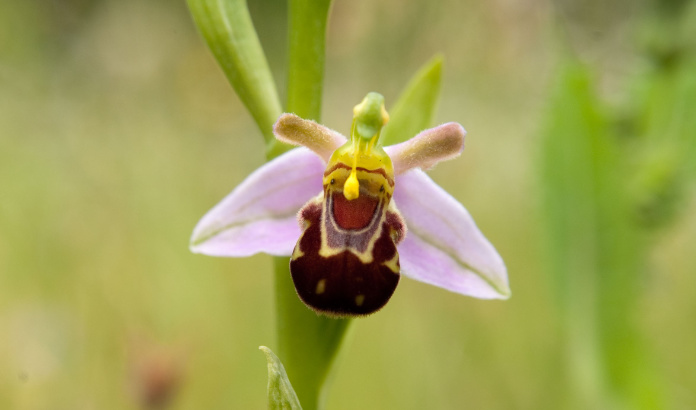
“The bee orchid looks like a bee. If you were a bee, you would think the flower was a bee. A poor male bee will be attracted by the orchid flower and try to mate,” explains Biondi.
“While he’s there, the pollen gets stuck on him and then he realises his mistake, but will then fly to another ‘bee’ flower on the same plant to have another go. It’s a tough life for a male bee.”
You may also be interested in…























































